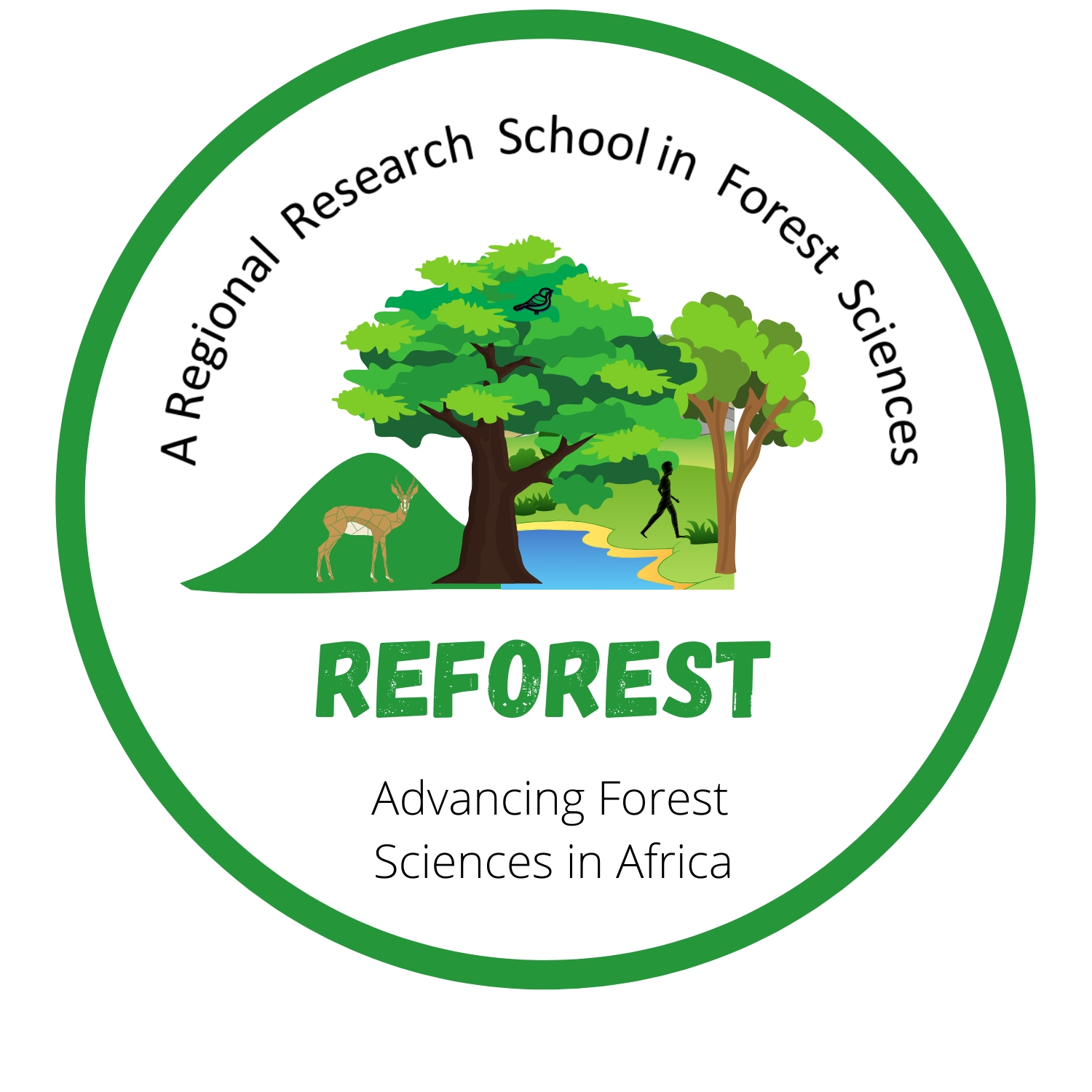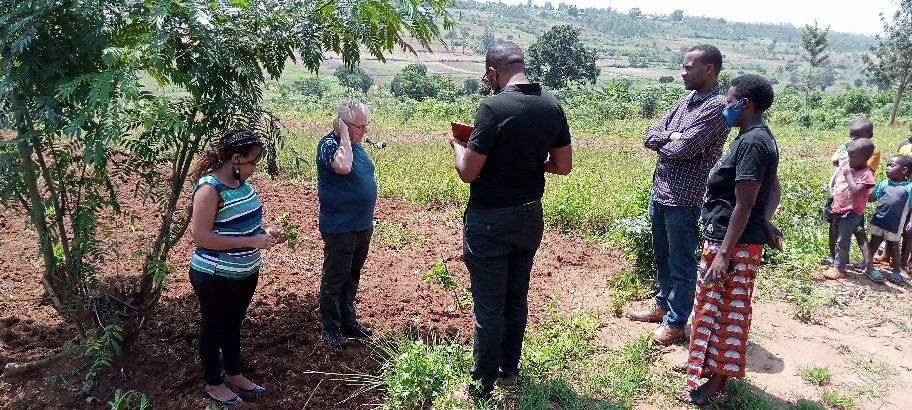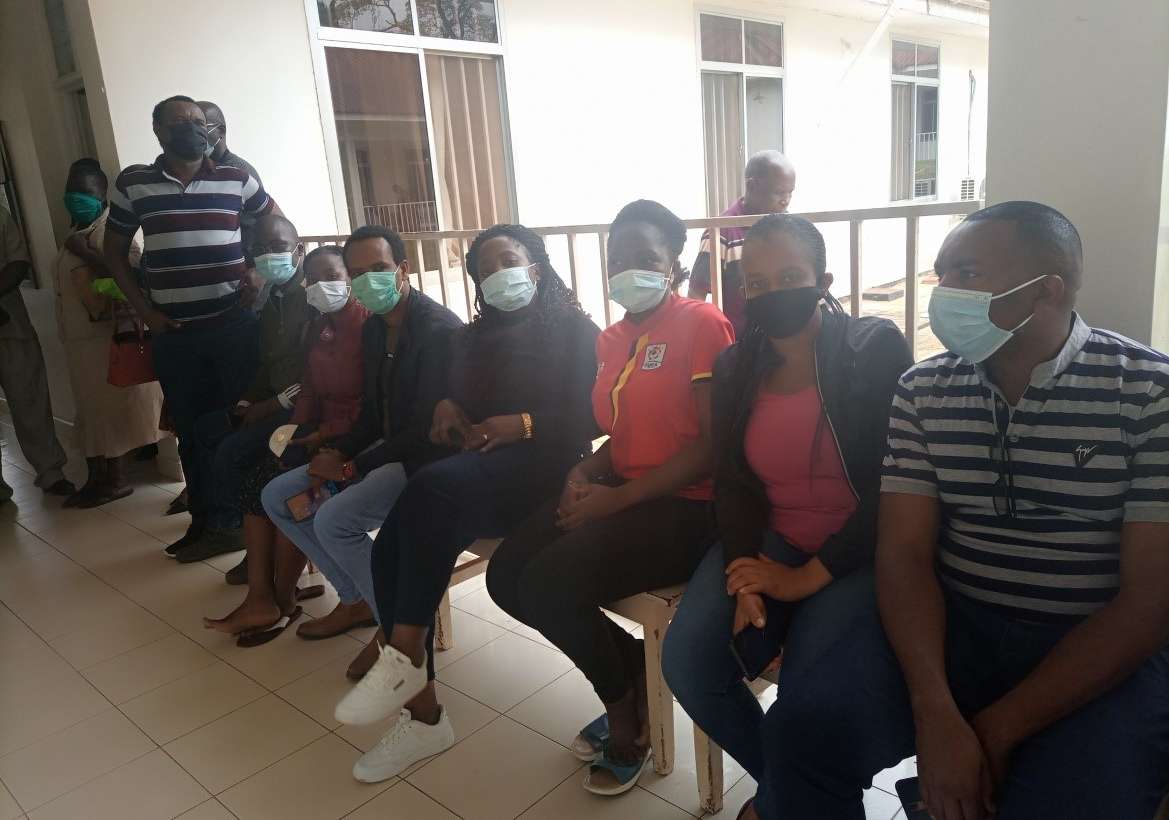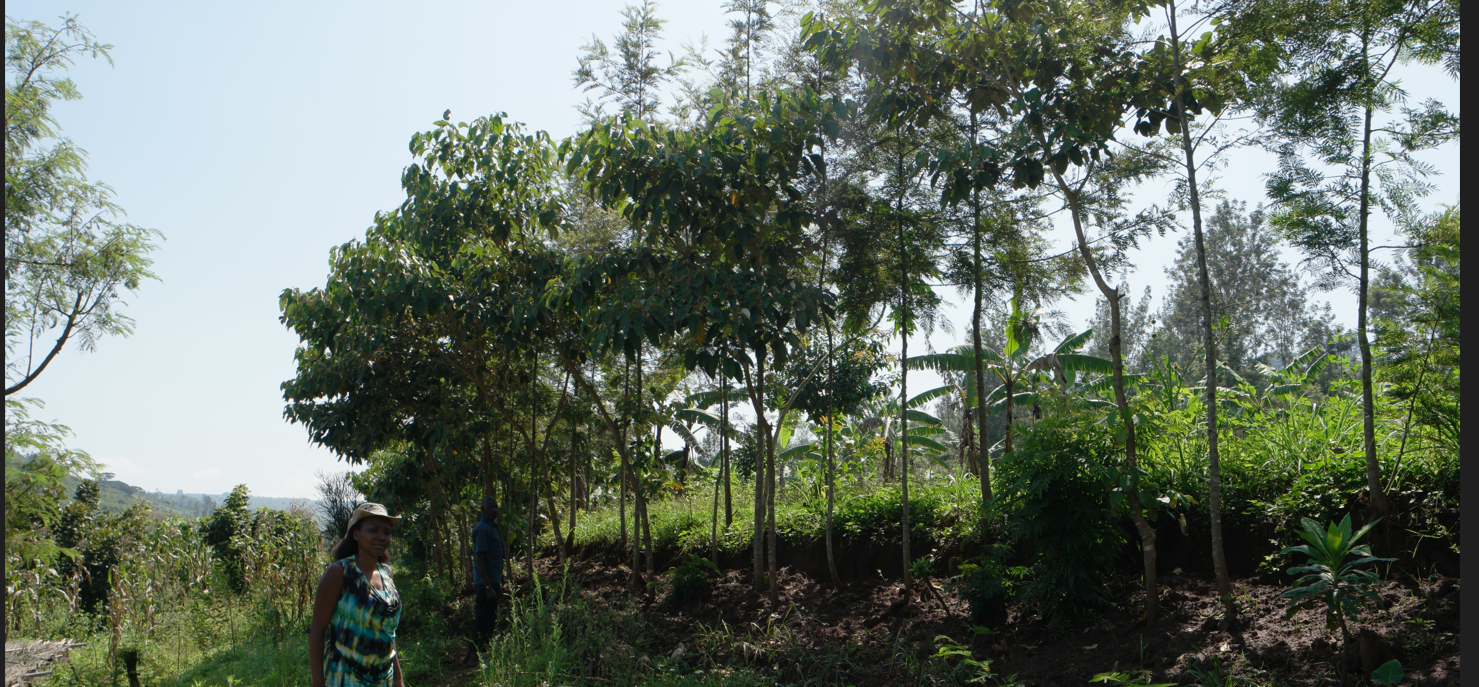By
Solange Uwingabire
PhD student under REFOREST Programme at Sokoine University of Agriculture
Firewood scarcity
In Rwanda, the combination of rising human population, inadequate species-user-site matching, insufficient tree management, and premature cutting, contributes to imbalance between wood supply and demand. The shortfall in supply was estimated to be 4.3 million tons (oven dry weight) in 2017, with a forecast of 7.5 million tons by 2026 (Ministry of Land and Forestry, 2017).
On the sites, we observed limited agroforestry practices in the landscape and they are not in good condition because they harvest trees at premature stage due to lack of fuelwoods. The main reasons of growing trees is the production of fuel, fodder, fruit, timber and the important extra effect of boosting soil fertility. Trees counteract soil degradation and can restore both soil health and production, and if done in dry environments, this could be counteracting “desertification”. In the observed areas, small domestic animals (Goats) dominate due to the limited fodder supply. Firewood is still used as the primary cooking fuel, followed by charcoal. One farmer said:
“In our village, we have a problem of firewood and charcoal is expensive (12 USD/ 1000kg bag). We prefer to use wood collected from the bush or in the forest but those who have money buy wood from the market at high price (1 USD/pile) and this cannot cook meals (usually beans and potatoes) for a average family of 5 persons. In our village, we use traditional open combustion and as you can see my eyes have been affected due to high emissions and this affect my health”.
The problem of soil fertility
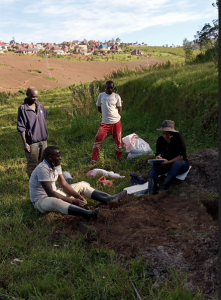
Farmers assisting with general site identification during Soil profile description in the study area prior to trial establishment
The efficiency of energy generation
In Rwanda, The major soil constraints include nutrient depletion in combination with low permanent charge (0.5 to 2.45 cmol (+)/kg), soil acidity (pH below 5.5), Aluminum (Al) toxicity, and soil organic matter (SOM) depletion (Nduwumuremyi et al., 2017). One farmer said:
“If I compare with the past, soil fertility has changed. The soils have been degraded but if we use chemical fertilizers we get high production. However, price of chemical fertilizer is too high for a farmer to afford them”.
Efficiency of energy generation
The integrated approach where Top-lit updraft gasifier stoves (TLUD) that pyrolyse biomass (from agroforestry trees) to generate heat for cooking and biochar for soil improvement (Biochar) could be a promising alternative to enhance fuel efficiency while reducing demand on existing biomass supplies.
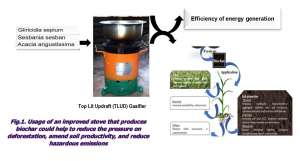
Efficiency of eergy generation
Top Lit Updraft (TLUD) Gasifier
Fig.1. Usage of an improved stove that produces biochar could help to reduce the pressure on deforestation, amend soil productivity, and reduce hazardous emissions
The research objective
The principal objective of my research is to evaluate production, application and effects of biochar on soil health and vegetable production (French beans); develop models for sustainable production of fuelwood and biochar using diverse feedstocks obtained from agroforestry technologies that can be expanded in scale in Rwanda. Activities will link with the ongoing agroforestry plantations (on farm and on station) for sustainable availability of feedstock in two agro ecological zones (Central plateau and Eastern savanna). Biochar will be produced on station using drum kilns while on farm, farmers will use TLUD gasifier stoves.
The field data collection started with site identification together with supervisors. The sites (on farm and on station) have been identified.
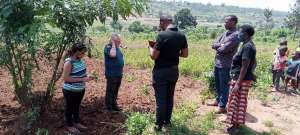
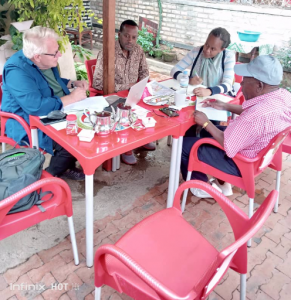
Author (Uwingabire Solange) on the right with supervisors (Gert Nyberg from SLU in Sweden and Jean Nduwamungu from UR and Shabani Chamshama from SUA) and farmers discussing on research sites and below discussing research progress.
Secondly, the baseline soil survey was done prior to trial establishment
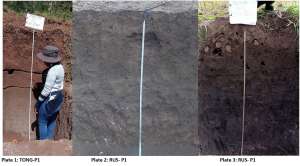
Plates: Representative soil profiles in study sites
Thirdly, the research activity continued at on – station agroforestry (Acacia angustissima, Sesbania sesban and Gliricidia sepium) tree planting. The tree trials have been established on station in two agro ecological zones of Rwanda (Eastern savannah and Central plateau).

Way forward
The next activities to be performed are tree planting on farm; production of biochar, production of vegetable using biochar mixed with livestock manure in two Agro ecological zones in Rwanda.
References
Ministry of Lands and Forestry (2017). Forest Investment Program for Rwanda. 144pp.
Nduwumuremyi, A., Habimana, S., Twizerimana, A. and Mupenzi, J. (2017). Soil acidity analysis and estimation of lime requirement for rectifying soil acidity. International Invention Journal of Agricultural and Soil Science 2(2): 22-26.
